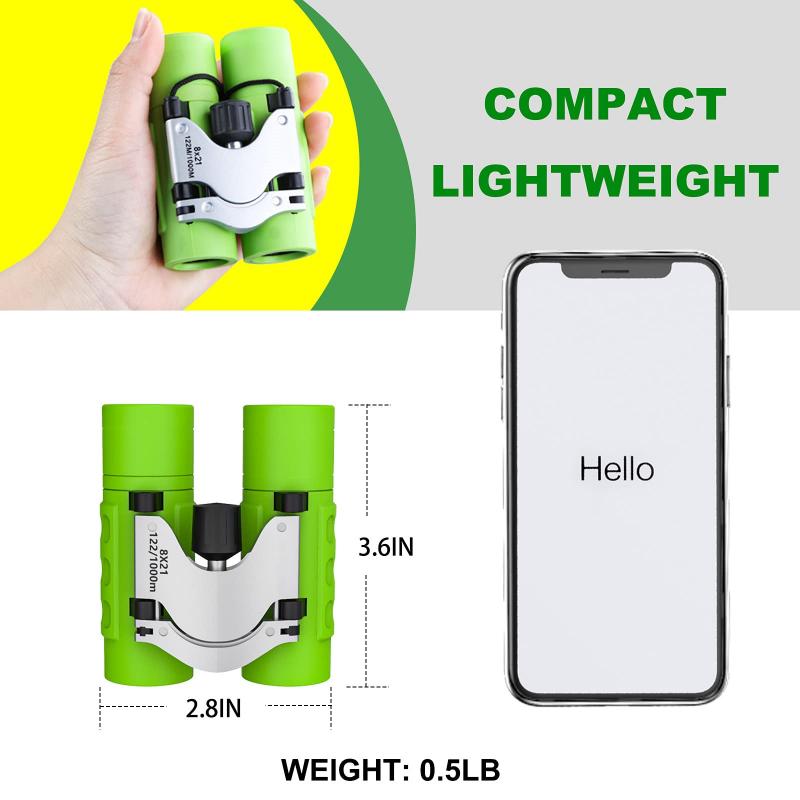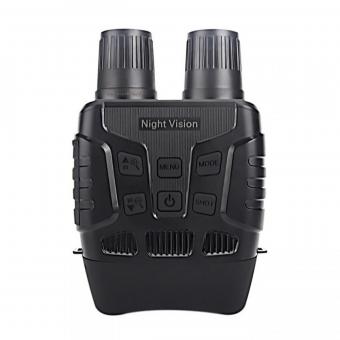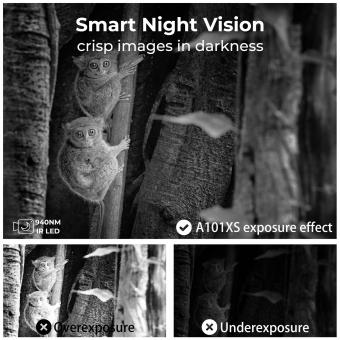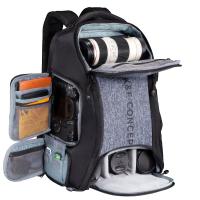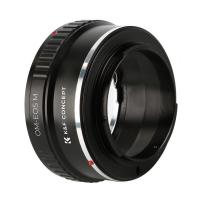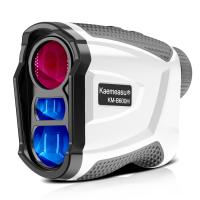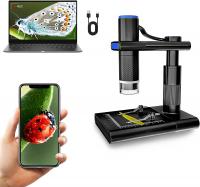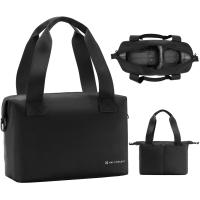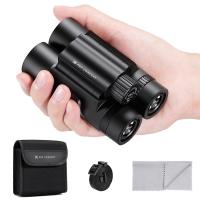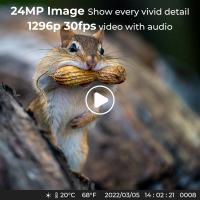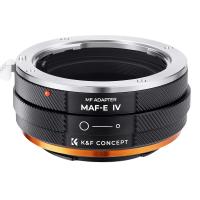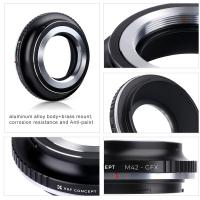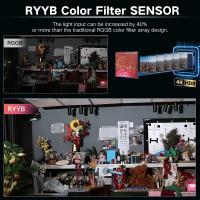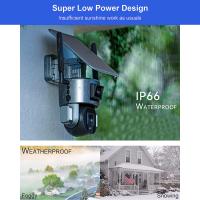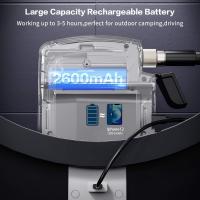How To Choose Binocular ?
When choosing binoculars, consider factors such as the intended use, magnification power, objective lens diameter, field of view, and image quality. Determine whether you need binoculars for birdwatching, stargazing, hunting, or other activities. Higher magnification provides more detailed views but may result in a narrower field of view. The objective lens diameter affects the amount of light entering the binoculars, with larger lenses allowing for brighter images. Consider the weight and size of the binoculars, as well as their durability and waterproofing if you plan to use them in rugged conditions. It is also important to test the binoculars for comfortable grip, ease of focus, and overall image quality before making a purchase.
1、 Magnification power
When choosing binoculars, one of the most important factors to consider is the magnification power. Magnification power refers to how much closer an object appears when viewed through the binoculars compared to the naked eye. It is typically denoted by a number followed by an "x" (e.g., 8x, 10x).
The choice of magnification power depends on the intended use of the binoculars. For general purposes such as birdwatching or wildlife observation, a magnification power of 8x or 10x is usually sufficient. Higher magnification powers, such as 12x or 16x, may provide a closer view but can also make the image shakier and more difficult to focus.
It is important to note that higher magnification power does not always mean better binoculars. Factors such as lens quality, field of view, and image stabilization also play a significant role in determining the overall performance of the binoculars.
In recent years, there has been a growing trend towards binoculars with lower magnification power, such as 6x or 7x. This is because lower magnification power provides a wider field of view, making it easier to track moving objects and reducing the need for constant readjustment. Additionally, lower magnification binoculars tend to be more stable and easier to hold steady, resulting in a clearer and more enjoyable viewing experience.
Ultimately, the choice of magnification power should be based on personal preference and the specific requirements of the intended use. It is recommended to try out different magnification powers and consider factors such as comfort, stability, and image quality before making a decision.

2、 Objective lens diameter
When choosing binoculars, one important factor to consider is the objective lens diameter. The objective lens is the larger lens at the front of the binoculars that gathers light and determines the brightness of the image. The objective lens diameter is typically measured in millimeters and is indicated by the second number in the binocular specifications (e.g., 10x42).
A larger objective lens diameter allows more light to enter the binoculars, resulting in a brighter image. This is particularly important in low-light conditions, such as at dawn or dusk, or when observing distant objects. A larger objective lens diameter also provides a wider field of view, allowing you to see more of the scene at once.
However, it's important to note that a larger objective lens diameter also means a larger and heavier pair of binoculars. This can make them less portable and more difficult to hold steady. Additionally, larger objective lenses may require a larger exit pupil, which is the circle of light that enters your eye. If the exit pupil is larger than the diameter of your eye's pupil, some of the light may be wasted.
In recent years, there has been a trend towards compact and lightweight binoculars with smaller objective lens diameters. These binoculars are more portable and easier to handle, making them popular for activities like hiking and birdwatching. However, they may not perform as well in low-light conditions compared to larger objective lenses.
Ultimately, the choice of objective lens diameter depends on your specific needs and preferences. If you plan to use the binoculars primarily in bright conditions or for activities that require portability, a smaller objective lens diameter may be sufficient. However, if you need maximum brightness and a wider field of view, especially in low-light conditions, a larger objective lens diameter would be more suitable.

3、 Field of view
When choosing binoculars, one important factor to consider is the field of view. The field of view refers to the width of the area that can be seen through the binoculars at a specific distance. A wider field of view allows you to see more of the surrounding area, making it easier to track moving objects or observe a larger scene.
To choose binoculars with a suitable field of view, you should consider the intended use. If you plan to use them for birdwatching or wildlife observation, a wider field of view is generally preferred as it allows you to spot and track animals more easily. On the other hand, if you will be using binoculars for stargazing or observing distant objects, a narrower field of view may be acceptable.
It is worth noting that the field of view can vary depending on the magnification power of the binoculars. Higher magnification often results in a narrower field of view, while lower magnification provides a wider field of view. Therefore, it is important to strike a balance between magnification and field of view based on your specific needs.
Additionally, advancements in technology have led to the development of binoculars with wider fields of view. Some manufacturers now offer binoculars with wide-angle or extra-wide-angle eyepieces, which provide an even broader field of view. These can be particularly beneficial for activities such as nature observation or sports events.
In conclusion, when choosing binoculars, consider the field of view based on your intended use. A wider field of view is generally preferred for activities like birdwatching, while a narrower field of view may be acceptable for stargazing. Additionally, keep in mind the balance between magnification and field of view, and consider the latest advancements in wide-angle eyepieces for an even broader field of view.
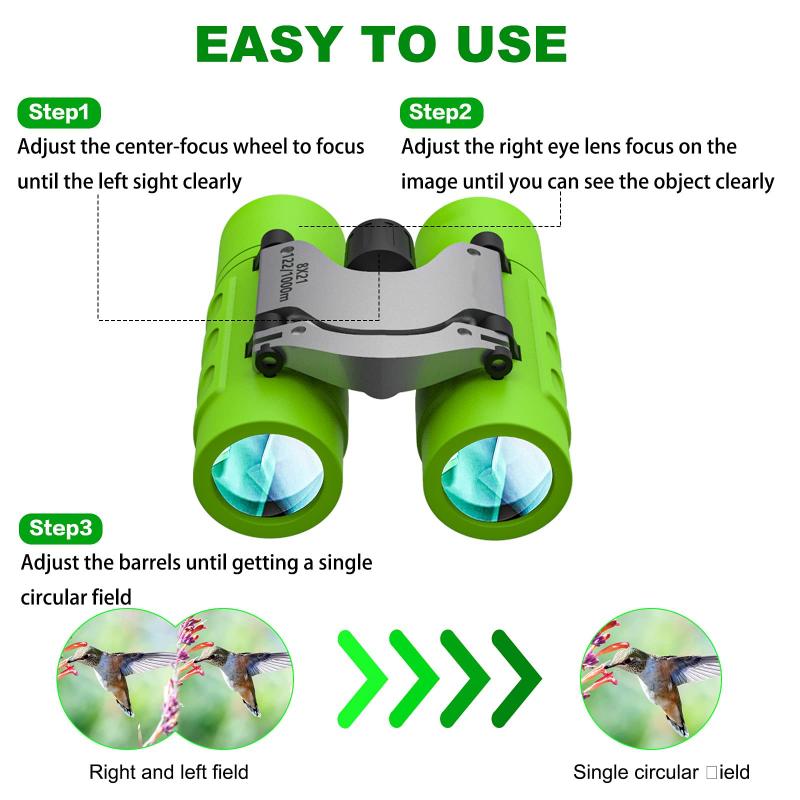
4、 Prism type (roof or porro)
When choosing binoculars, one of the key factors to consider is the prism type, which can be either roof or porro. Both prism types have their own advantages and it ultimately depends on your specific needs and preferences.
Roof prism binoculars are known for their compact and streamlined design. They have a straight-through barrel shape, making them more lightweight and easier to handle. Roof prism binoculars also tend to be more durable and resistant to water and fog, making them suitable for outdoor activities such as birdwatching or hiking. Additionally, they generally offer a wider field of view and better image quality, especially in higher-end models.
On the other hand, porro prism binoculars have a more traditional design with an offset barrel shape. They are typically larger and heavier than roof prism binoculars, but they often provide a wider depth of field and better depth perception. Porro prism binoculars are also generally more affordable, making them a popular choice for beginners or casual users.
It's worth noting that recent advancements in technology have led to improvements in both prism types. For example, some roof prism binoculars now feature phase-corrected coatings, which enhance image contrast and sharpness. Similarly, porro prism binoculars have benefited from improved optical coatings, resulting in better light transmission and image quality.
Ultimately, the choice between roof and porro prism binoculars depends on your specific needs, budget, and personal preferences. It's recommended to try out different models and compare their performance before making a decision.
